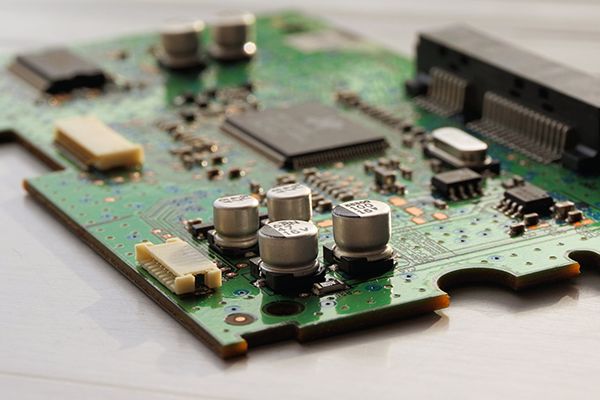In the process of learning electronics, we often encounter Printed Circuit Boards (PCBs) and Integrated Circuits (ICs). Many people find it hard to distinguish between these two concepts. In fact, they are not that complicated. Today, we will clarify the differences between PCBs and integrated circuits.

What is PCB?

What is an Integrated Circuit?

The Relationship Between PCB and Integrated Circuits

Do you want to expand and enhance your hardware skills? Want to improve your competitiveness in the workplace? Why not start by learning schematic design? Scan (recognize) the following QR code to learn the course “4 Weeks to Learn Schematic Design through VR” on “Tencent Classroom”.

▲ Scan to listen to the “4 Weeks to Learn Schematic Design” course
